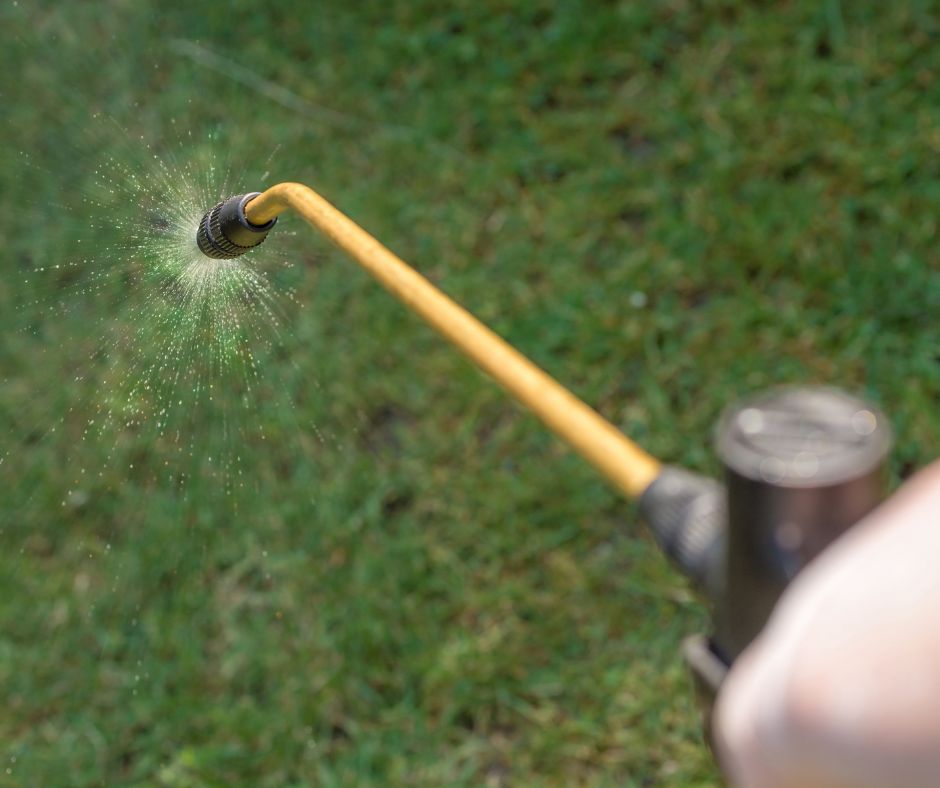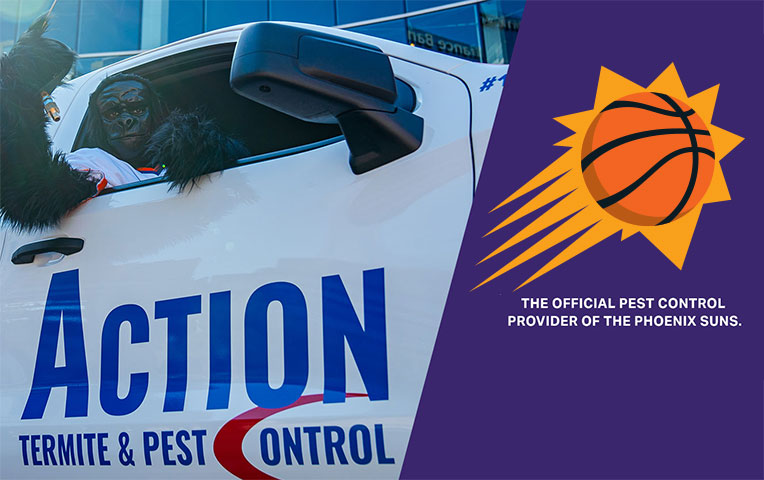Quick and Swift Bed Bug Exterminator Port Charlotte Services for Peace of Mind
Learn More About the current Developments in Parasite Control and Exactly How to Apply Efficient Therapy Solutions
In the last few years, the field of insect control has experienced substantial innovations, driven by the demand for efficient and lasting treatment services. Ingenious techniques such as Integrated Bug Monitoring (IPM) incorporate eco-friendly experiment sophisticated modern technology, improving both effectiveness and environmental responsibility. The assimilation of wise technologies and Do it yourself techniques has actually equipped individuals to take on bug issues much more effectively. As we explore these developments, it comes to be crucial to recognize exactly how best to carry out these techniques in numerous settings to attain ideal results. The ramifications for pest monitoring methods can be transformative.
Eco-Friendly Parasite Control Options
In current years, the need for environmentally friendly parasite control options has actually surged as property owners and services alike look for sustainable choices to traditional chemical therapies. This change is driven by expanding ecological awareness and a need to decrease the wellness threats related to artificial chemicals.

Environment-friendly insect control methods incorporate a variety of strategies that focus on using natural materials and practices. Integrated Pest Monitoring (IPM) is one such technique, integrating organic, social, and mechanical tactics to take care of bug populations while minimizing reliance on chemicals (Wildlife removal services). This all natural method stresses prevention via habitat adjustment and the intro of all-natural killers, therefore promoting a balanced ecological community
Another preferred option is making use of botanical chemicals stemmed from plants, which tend to be much less hazardous to non-target microorganisms. Products like neem oil and diatomaceous planet have gotten grip for their effectiveness in regulating pests while presenting marginal risks to human health and wellness and the environment.
Additionally, exemption strategies, such as sealing entrance factors and preserving sanitation, play a vital role in environmentally friendly pest administration. By adopting these sustainable techniques, people and companies can properly take care of pests while promoting a healthier world for future generations.
Smart Modern Technology in Parasite Management
Advancement is improving the landscape of parasite management, with wise modern technology emerging as a critical pressure in boosting performance and effectiveness - Wildlife removal services. The integration of Internet of Things (IoT) devices, expert system (AI), and information analytics is revolutionizing how pest control specialists come close to invasions
Smart traps geared up with sensors can discover bug activity in real-time, sending immediate notifies to operators. This permits prompt feedbacks, minimizing damage and reducing the requirement for considerable therapies. Furthermore, AI algorithms evaluate historical data to anticipate bug behavior, enabling proactive interventions based upon ecological conditions and problem patterns.
Drones and computerized automobiles are also playing a significant duty in insect management, supplying aerial analyses of big areas, recognizing hotspots, and even distributing targeted therapies. These innovations not just improve procedures however also boost safety by restricting human direct exposure to potentially unsafe chemicals.
Moreover, mobile applications empower customers to keep track of parasite task and access specialist guidance, fostering a joint approach to pest monitoring. Generally, the adoption of smart modern technology is setting a new requirement in pest control, highlighting data-driven choices and sustainable methods click for more info that inevitably benefit both property owners and experts alike.
Integrated Parasite Monitoring Techniques
Integrated Bug Management (IPM) employs an alternative strategy to pest control, combining various methods to properly manage insect populations while lessening threats to human health and the environment. IPM focuses on comprehending the pest life process, their all-natural adversaries, and the community in which they flourish.
One of the essential parts of IPM is keeping track of pest populations with routine assessments and information collection. This permits the recognition of parasite limits, establishing when intervention is necessary. Cultural techniques, such as plant sanitation, habitat, and turning manipulation, are vital in lowering parasite frequency and advertising plant wellness.
Mechanical controls, consisting of barriers and traps, are also essential in IPM. These approaches can literally eliminate or prevent insects without using chemicals. When required, the judicious application of chemical controls is used, concentrating on targeted treatments that reduce environmental influence.
Education and collaboration amongst stakeholders, consisting of farmers, insect control professionals, and the area, are critical for the effective read this post here implementation of IPM strategies. By focusing on lasting methods, IPM not only addresses pest concerns however also cultivates a much healthier ecosystem.
Biological Control Approaches
Various biological control techniques are increasingly identified for their efficiency in managing parasite populations while advertising ecological equilibrium. These techniques harness all-natural predators, bloodsuckers, and pathogens to minimize pest numbers without counting on synthetic chemicals. The intro of ladybugs can effectively manage aphid populaces, while nematodes target soil-dwelling bug larvae.
In addition, using microbial chemicals, such as Bacillus thuringiensis (Bt), offers an environmentally pleasant alternative for handling caterpillar pests. These products especially target pest species, decreasing harm to helpful insects and pollinators. Preservation biological control emphasizes improving environments for all-natural adversaries, such as birds and advantageous bugs, consequently urging their visibility in agricultural systems.
Research continues to expose cutting-edge strategies within this area, such as the use of pheromones to interrupt pest mating patterns or the advancement of biocontrol agents with genetic modification. Applying these methods can result in sustainable bug monitoring practices that mitigate the reliance on chemical interventions, ultimately promoting healthier ecological communities. As understanding of these strategies expands, they are coming to be essential components of incorporated bug monitoring (IPM) methods, supplying a balance between effective parasite control and ecological stewardship.
Do It Yourself Insect Control Solutions
As property owners seek reliable methods to deal with pest concerns, do it yourself insect control services have actually obtained popularity for their ease of access and cost-effectiveness. These methods encourage individuals to address problems utilizing readily offered materials and techniques, often without the demand for expert treatment.

Furthermore, preserving proper hygiene and normal assessments can stop insect entry and nesting (Wildlife removal services). Straightforward techniques, such as securing cracks, removing food resources, and decluttering, can considerably decrease pest populaces. Traps, both homemade and readily offered, can also other offer reliable options for monitoring and controlling specific parasites like pests or rats

Final Thought
The combination of eco-friendly insect control alternatives, smart innovation, and cutting-edge management methods offers an extensive strategy to effective bug management. By embracing Integrated Bug Monitoring (IPM) and utilizing organic control approaches, along with DIY options, liable and sustainable insect control can be attained.
Environmentally friendly bug control approaches encompass a variety of strategies that prioritize the usage of all-natural materials and practices. Integrated Insect Administration (IPM) is one such strategy, incorporating biological, cultural, and mechanical tactics to manage insect populations while minimizing dependence on chemicals. As understanding of these strategies grows, they are coming to be integral components of incorporated parasite monitoring (IPM) approaches, supplying an equilibrium in between efficient insect control and environmental stewardship.
The integration of environmentally friendly insect control options, smart modern technology, and cutting-edge administration methods provides an extensive method to effective pest management. By embracing Integrated Parasite Monitoring (IPM) and making use of organic control techniques, together with DIY services, sustainable and responsible parasite control can be accomplished.